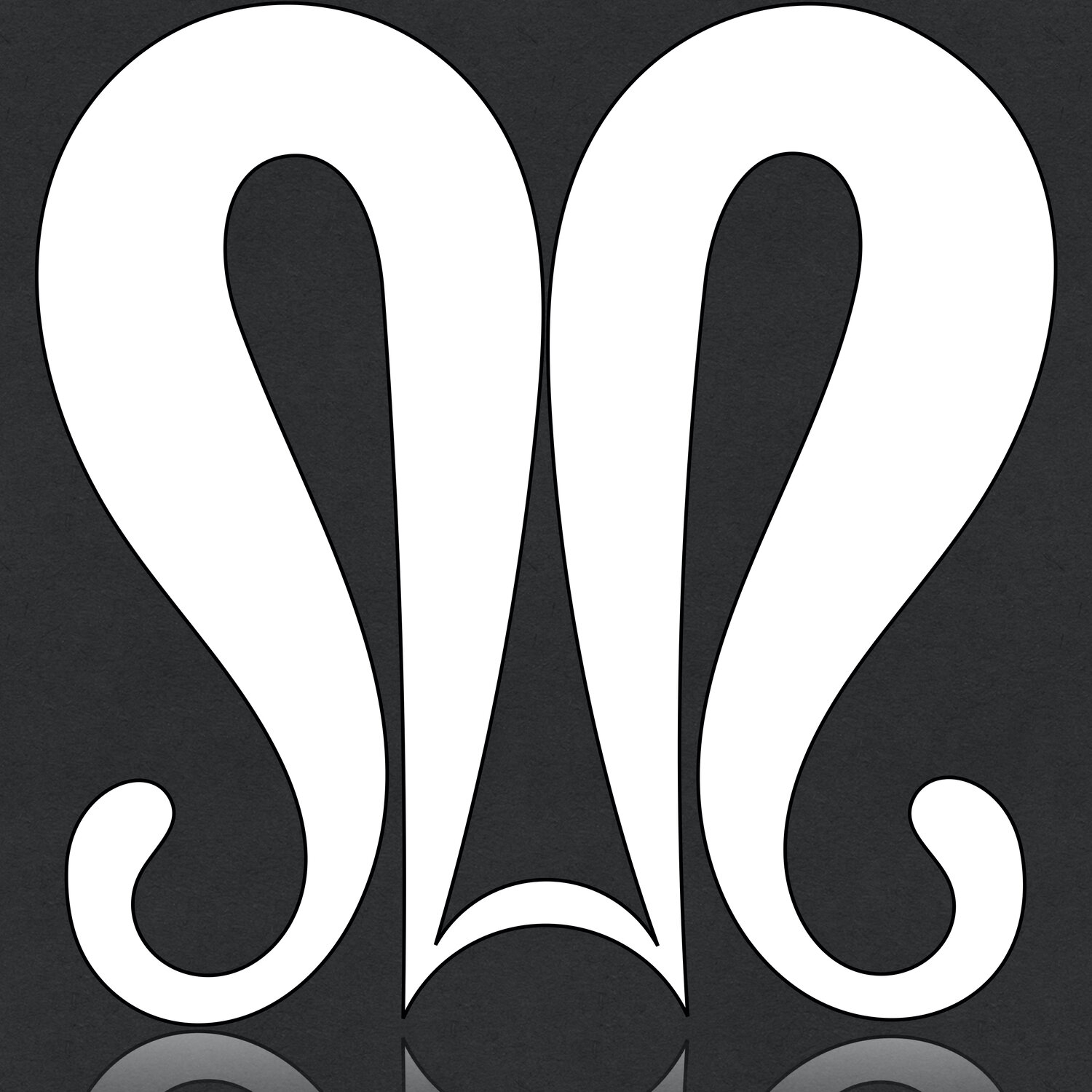Knerding-out on Knitwear
The Miraculous Draught of Fishes: Joachim Bueckelaer-1563
Originally published June, 17, 2019
I continue to be fascinated by the knitwear of the Early Modern Era. First I was looking at gloves and now I’m moving on to hats. Starting with the flat cap and moving into the tall hats, I’m having a whale of a good time testing out the different knits for them.
Once the gloves were complete, we needed to find a good way to guide our work in developing more knitwear patterns for sale. During our recent research, a friend brought the above painting by Joachim Beuckelaer to my attention (Thank you Tanya Klowden!). Now, it was shown to me for a completely different reason, but as I examined the painting in its hi-res version, I couldn’t help but lose my mind over all the knitwear on people’s heads.
In this one image we have flat caps (in the center on the two gentlemen), a cream and black version. In the center back of the crowd, there is a tall, pink hat which bears the look of the type which is knit and felted and fulled. There is a coif-style hat worn by the guy on the horse on the right of the image as well as a tall dome style with no brim behind him. All these same styles are being worn in a painting of 1563! So much variety to be seen in one go. Hats which we typically associate with different decades are all together in one community. There are a couple of other styles which I will need to research a little bit more to determine if any of them are knit, but these four hats and the variations of them will provide fodder for several patterns to be written.
This painting, coupled with the extant pieces from the National museum in Copenhagen, will help us create some great knitwear with a wide variety of styles.
This image shows the unique bind-off edge at the outer perimeter of the brim. It is not a purl-ridge turned edge as so many reenactors use. Also, it is clear that the brim and the crown are knit in two different gauges.
The above photo of a surviving hat in the museum shows some of the Unique features which we are going to be putting into our pattern. First, the outer edge of the brim is not, as is commonly misinterpreted, a purl-ridge folding round. It is, in fact, a bound-off edge which close the two layers of the brim. This style of hat is cast on at the outer edge of the brim and then knit inwards on the brim and upwards through the crown to the tip. Then, stitches are picked up on the other side of the brim, the second layer of the brim is knit outwards and finally, bound off, working through the cast-on loops of the first layer of the brim. The result is a much more structured brim that works better after felting and fulling.
Of additional note, the relatively few shaping rounds that are used to make the brim. This results in a brim which can be folded up in back and dipped in front and the tension from the brim not being perfectly disc-shaped helps to keep the brim positioned correctly.
These are some of my samples during the pattern writing phase. You can clearly see the interesting brim on the black one.
Over the next few months we will continue to develop these knitting patterns and release them as we can, hopefully at least one every 6 weeks or so.
We are looking forward to providing you with come great new patterns to create knitted accessories and we can’t wait to see what you create!!
As always, Happy Stitching!



